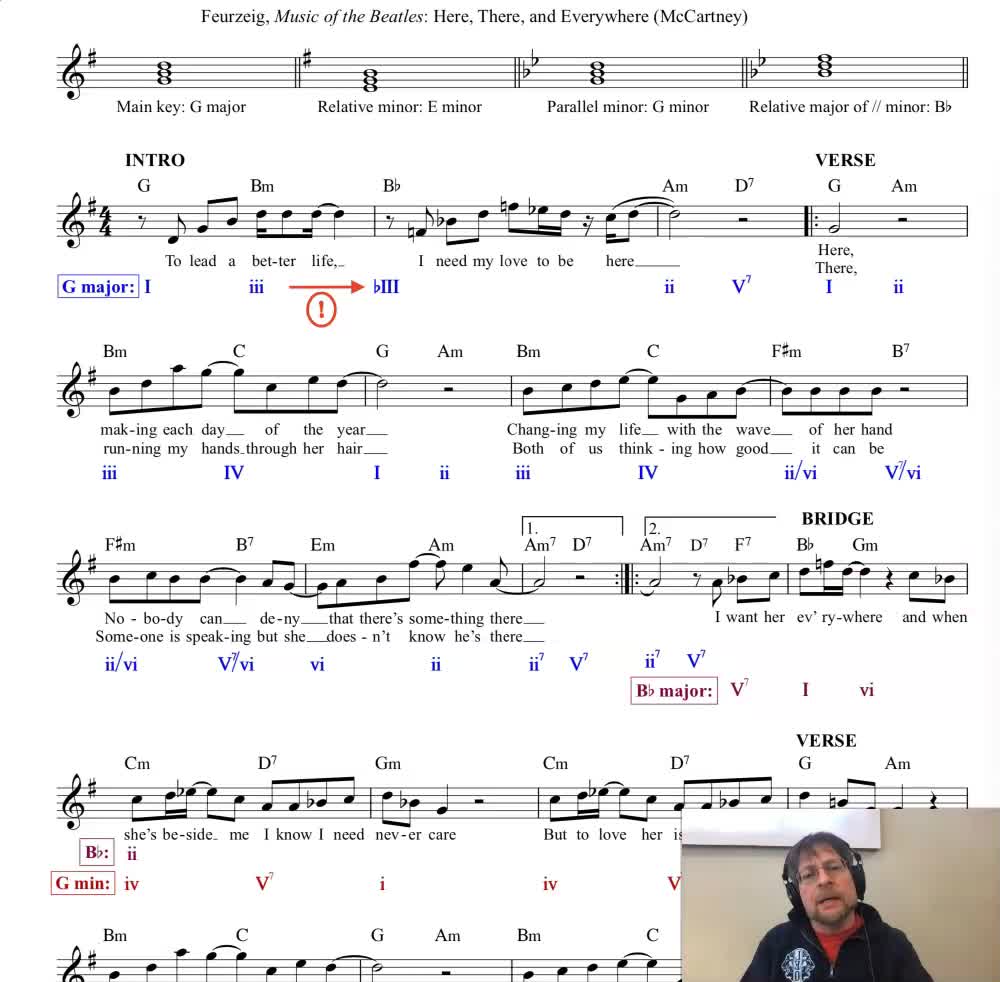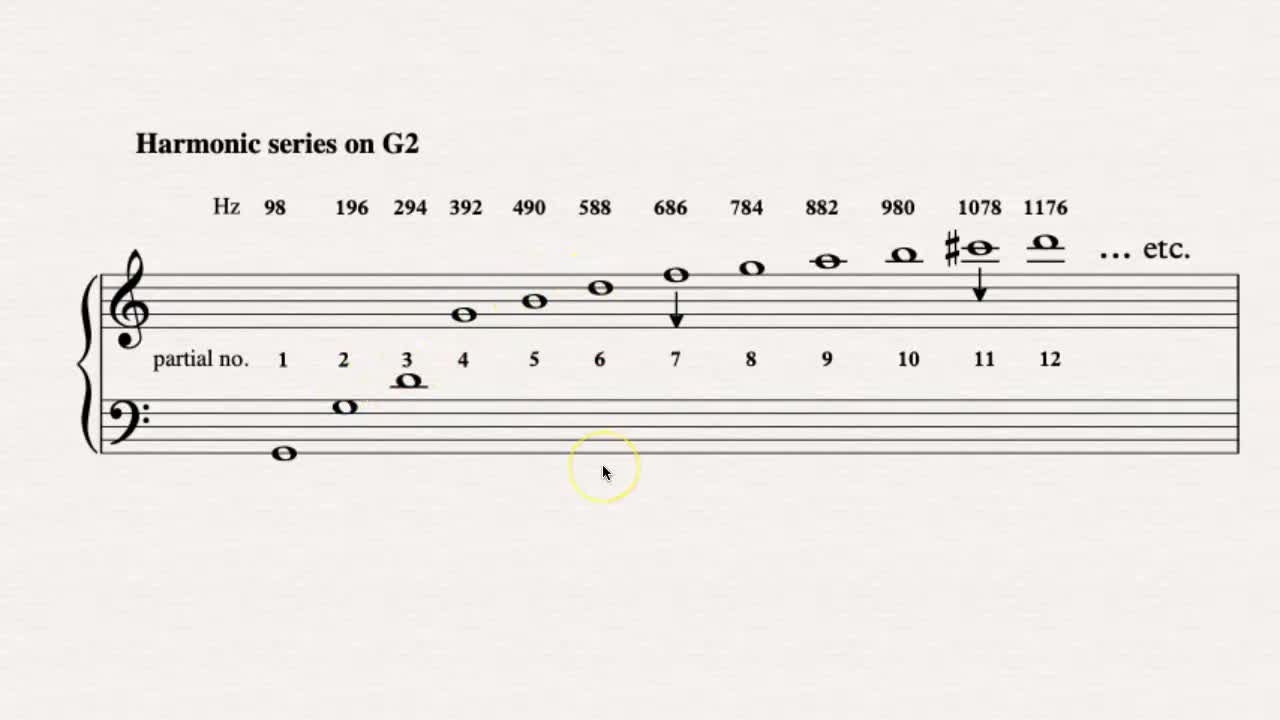Search Results
Results for: '250 Index and Scale'

Here, There, and Everywhere (analysis)
Analysis of "Here, There, and Everywhere" with focus on harmony, melody, and lyrics

Professor Shelton discusses the relationships of gender, family and parenthood to employment and introduces Madeleine Kunin's proposals for changing the ecosystem of work to better support women, parents and families.

MU 060 harmonic series and spectrum
Explanation and demonstration of the harmonic series and its relation to tone color

sentential translations 1 PHIL013AB
A ten-and-a-half-minute video about how to do translations in sentential logic, using the basic connectives and phrases like "neither" and "unless."

Autumn colors in leaves of maple trees is an annual phenomenon that is highly prized for its beauty and is also economically important. As day length shortens, the tree stops making new green chlorophyll pigment while the chlorophyll already in th...

Sugar maple flowers that are fertilized in spring, will develop into mature seeds in late summer. The seeds come in the form of winged samaras (sometimes referred to as helicopters or whirligigs). Sugar maple samaras develop in pairs but generally...

The recent period of expansion in the maple industry has seen both established operations grow and many new operations start from scratch. Some real estate listings of land include estimated potential taps. But how many of those taps are actually ...

Compared to the relatively simple composition of maple sap, maple syrup has over 130 different identified flavor and aroma compounds. The predominant classes of flavor compounds are phenolics, pyrazines, and carbonyl-based compounds. Typically, li...